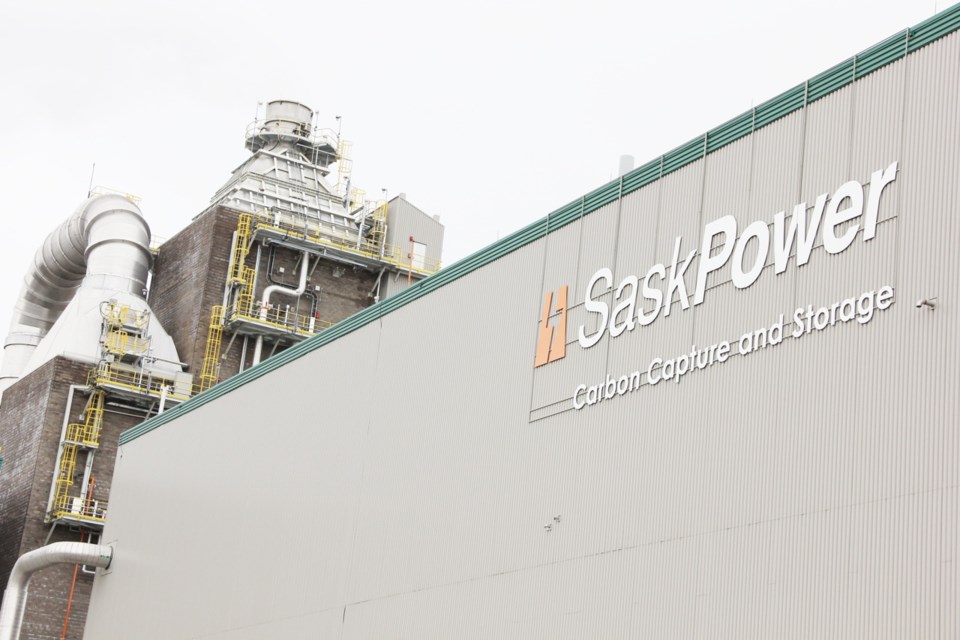SASKATOON - The International Minerals Innovation Institute (IMII) and the Government of Saskatchewan have announced that a collaborative study is underway, exploring the potential for carbon capture and storage (CCS) hubs, anchored by minerals and power production.
The hubs could provide a pathway for reduced greenhouse gas emissions from these two sectors while helping maintain a competitive economy. The study is looking at the geological potential for carbon storage in the southern half of the province, transportation options, and designing effective policies for hub development and investment.
Innovation Saskatchewan, SaskPower and IMII are providing funding for the study with Enbridge Inc. contributing in-kind resources. BHP and The Mosaic Company represent the potash industry and are contributing subject matter expertise. Saskatchewan Energy and Resources is representing the province and contributing policy expertise.
The study is 小蓝视频 undertaken by the Petroleum Technology Research Centre (PTRC), Enbridge and the International CCS Knowledge Centre.
“CCS hubs are an example of industrial innovation in action,” said Jeremy Harrison, the minister responsible for Innovation Saskatchewan. “This study demonstrates Saskatchewan’s continued leadership in cutting-edge CCS technologies, and we’re pleased to support this critical step towards deployment of innovative CCS technologies and models.”
In 2021, the International Energy Agency (IEA) published a report, Net Zero by 2050: A Roadmap for the Global Energy Sector. In its 2023 update (Net Zero Roadmap: A Global Pathway to Keep the 1.5 °C Goal in Reach – Analysis – IEA), the IEA reiterated that CCS is critical to achieve net zero and identified the growing importance of CCS hubs to accelerate this technology option and reduce lead times to connect to shared transport and storage infrastructure.
“IMII is proud to partner with the provincial government, SaskPower, Enbridge, BHP and Mosaic to advance the CCS hub concept,” said executive director Al Shpyth. “CCS hubs are increasingly 小蓝视频 seen around the world as part of the low carbon business transformation, and we believe they have the potential to help ensure Saskatchewan’s minerals industry remains one of the most innovative and sustainable.”
CCS hubs anchored by mineral and electricity production also have the potential to support the production of low-carbon hydrogen from natural gas, since that process generates carbon dioxide which could be captured and sequestered.
A public report will be published when the study concludes later this year and will be available on the IMII website. Earlier studies supported by IMII found that CCS is one of two potential pathways with the ability to help the minerals industry achieve net zero while meeting the industry’s need for competitive sources of low carbon electricity and heat.


